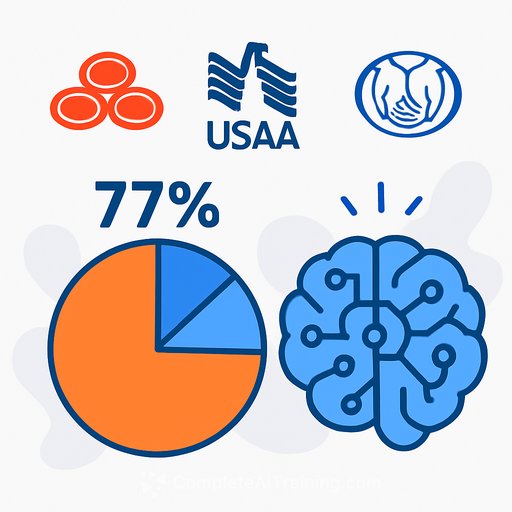Beyond AI Hype: How Insurers Can Build Technology Strategies That Actually Work
Artificial intelligence offers huge potential for the insurance sector. But rushing to adopt AI without a clear plan risks costly mistakes and limited business value. Instead of jumping straight to AI, insurers should start with the end goal and build backward. This approach leads to more practical, effective technology strategies.
The Rush to Prove AI Adoption
Almost every insurer is investing in or planning to invest in generative AI. Yet, many express doubts about return on investment, data accuracy, and integrating AI with legacy systems. Insurance ranks highest among financial services for skepticism towards AI, highlighting a gap between enthusiasm and practical readiness.
Many companies announce AI strategies that amount to little more than buying licenses for popular tools. This superficial adoption often doesn’t translate into meaningful outcomes.
The Pitfalls of AI FOMO
Fear of missing out (FOMO) drives some insurers to implement AI simply because competitors are doing so. Without a clear business case, this leads to fragmented systems, frustrated customers, and wasted resources. Examples include chatbots that confuse users or machine learning models that produce insights nobody acts on.
The better question is not, “How can we use AI?” but “What problem are we solving, and is AI the right tool for it?” Often, simple automation or process improvements deliver bigger benefits than complex AI implementations.
Start With the Outcome
Consider customer service agents spending too much time on routine verification. Instead of immediately deploying AI, start with the goal: freeing agents to handle complex issues. Solutions might include streamlining processes or automating verifications before introducing AI tools.
AI can add value where it counts, like using transcription to analyze calls for customer insights or smart systems that quickly answer policy questions. The goal should be to augment human work, not replace it.
Embedding AI in customer journeys can reduce friction and support agents in becoming experts for complex tasks. This approach builds customer trust and improves service quality.
The Importance of Solid Foundations
Success with AI depends largely on data quality and system integrity. Without clean, accurate data, even the best AI tools will underperform. Platforms that maintain structured data with high accuracy and monitoring tools provide a strong base for AI adoption.
Many insurers struggle because legacy systems have become patchworks that are hard to support or change. The solution isn’t to scrap everything but to evolve existing foundations by layering modern, flexible architecture over stable core systems.
Preparing for What’s Next
Trends like usage-based insurance, real-time pricing, and embedded products will gain traction. Embedded insurance integrates coverage seamlessly into apps and websites, requiring insurers to build API-driven, flexible products.
Chasing every AI trend won’t guarantee success. Winning insurers are those who use AI to solve real problems, often unnoticed by customers, with smooth, effective solutions.
Good governance remains essential. Strict controls on data access, clear human oversight, and regular audits prevent errors and maintain trust. Understanding risks helps build protections that stop false AI-driven decisions from affecting customers.
The Bottom Line
AI should be one tool among many, not a silver bullet. Insurers who start with clear business goals and methodically find the right solutions will see lasting benefits. Real innovation comes from purposeful technology use that delivers value.
FOMO might create noise, but strategy creates sustainable advantage. Focus on meaningful problems, solid data foundations, and disciplined implementation to make AI work for your business.
Your membership also unlocks:






